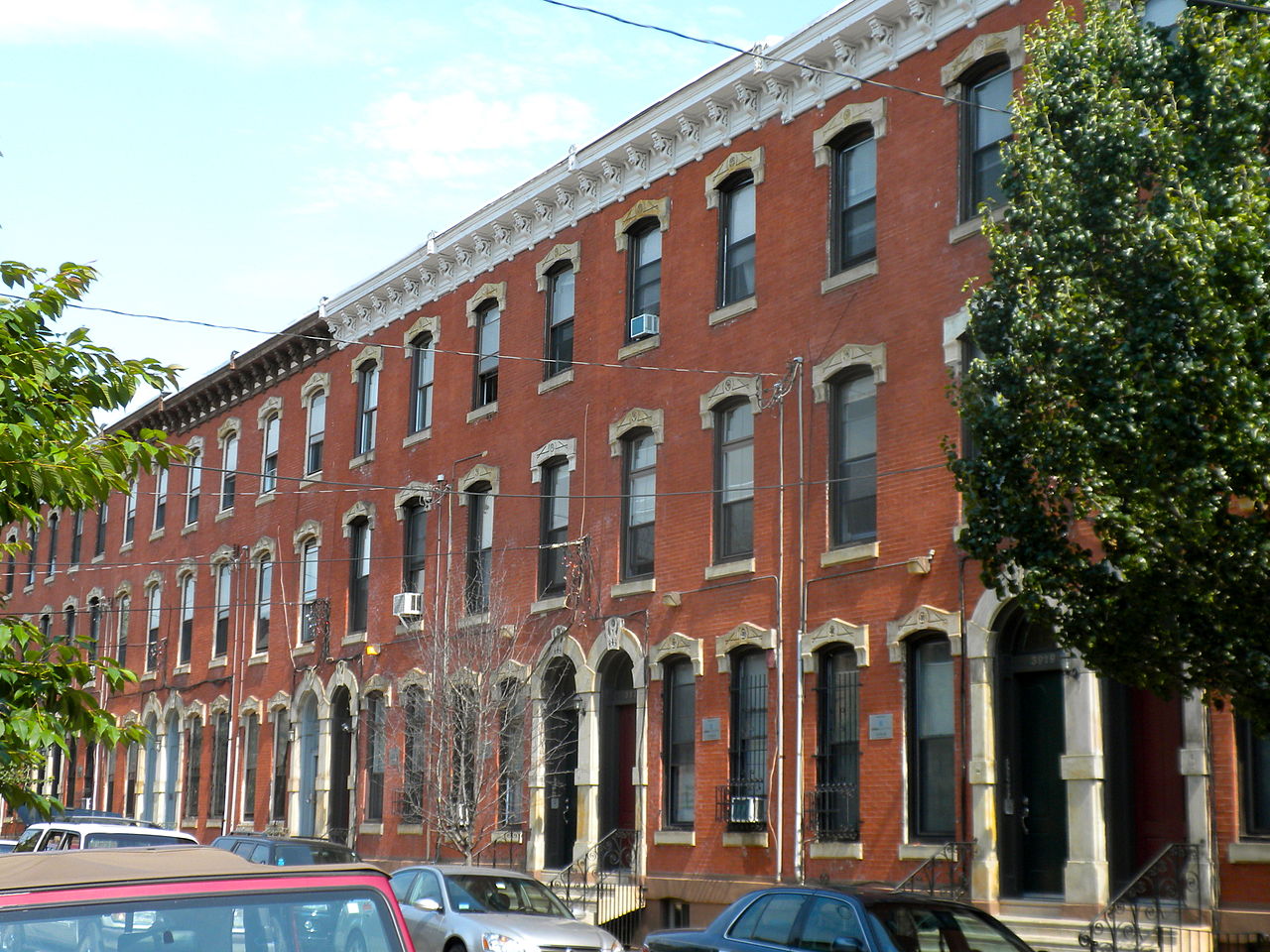- How Philanthropies Leverage Opportunity ZonesExternal Content / Website
The Tax Cuts and Jobs Act of 2017 provides a new incentive — centered around the deferral, reduction, and elimination of capital gains taxes — to spur private investments in low-income areas designated by states as Opportunity Zones. Given the significant interest among investors, it is possible that this new tax incentive could attract hundreds of billions of dollars in private capital, making this one of the largest economic development initiatives in U.S. history. If successful, the tax incentive could create new mechanisms for both matching investment capital to market opportunities in neglected communities and ensuring that economic growth redounds to the benefit of people who live in or nearby disadvantaged places.
The broad objective of this new tax incentive — expanding economic opportunities for places and people left behind — cannot be achieved by the market and outside investors alone. Cities in the broadest sense — local governments, urban institutions, urban networks will need to act with deliberate agency and purpose if Opportunity Zones are to spur growth that is inclusive, sustainable and truly transformative for each city’s economy. The implementation of Opportunity Zones, therefore, will be as much about codifying local norms and models as promulgating federal rules and guidance.
Given this perspective, it is clear that philanthropies have a critical role in helping cities realize the full economic and social impact of Opportunity Zones. Foundations often possess the community legitimacy necessary to convene disparate urban stakeholders around hard challenges and intriguing possibilities. They have the discretionary capital necessary to make investments in community development enterprises and other local institutions so these organizations can leverage Opportunity Zones. They have the patient, risk-tolerant capital necessary to invest in Qualified Opportunity Funds, aligned funds or individual transactions. They have the respect for evidence-driven decision making that is conducive to catalyze, capture, codify and communicate new norms and models as they emerge.
The potential role of philanthropies is amplified for foundations like Knight that operate across multiple communities of disparate size, economic profile and market condition. In some respects, the Knight Foundation’s engagement with 26 cities offers a natural lab for experimentation with different kinds of interventions, which will be described below.
This paper identifies seven distinct and complimentary roles for foundations to play:
- They can play a stakeholder convening role by helping cities organize for success by coordinating efforts within government and across key institutions and sectors.
- They can play an asset mapping role by supporting the design and marketing of Opportunity Zone Investment Prospectuses to enable cities, counties and states to communicate their competitive advantages, trigger local partnerships and identify sound projects that are ready for public, private and civic capital.
- They can play a market making role by supporting the collection of market data, the conduct of market research and the provision of patient capital.
- They can play a community building role by helping residents who live in or near Zones express their preferences, obtain skills, start businesses and help improve the quality of life in the neighborhood.
- They can play an institution building role by enhancing the capacity of existing public, private and civic organizations and by creating or supporting new institutions or intermediaries that can help cities design, finance and deliver transformative investments and initiatives.
- They can play an innovation inducing role by using challenge grants and other mechanisms to source pathbreaking ideas among urban stakeholders or push key players to coalesce around coordinated neighborhood investment strategies.
- They can play an information sharing role by speeding the process by which innovative strategies, practices and instruments are captured, codified and communicated.
